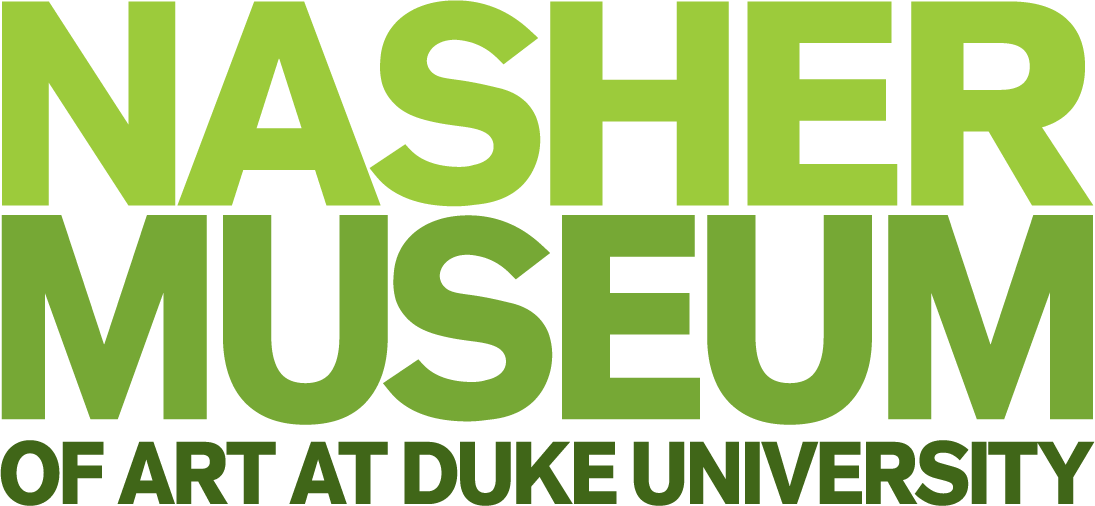Light Sensitive: Photographic Works from North Carolina Collections
A Powerful Medium

Light Sensitive included more than 100 works, from tiny early daguerreotypes to large-scale contemporary color prints and videos, and was drawn from 12 public and private North Carolina collections. The exhibition was structured to challenge the widespread notion of the photographic medium as a form of mere realism. Understanding of photographic media suffers from the long-standing myth that a camera is an “innocent eye” that transparently records an image of the world as if through an open window. Some of the power of photography comes precisely from faith in this myth, a myth that has been extremely useful in photographic journalism, in courtrooms, on television and on the Internet, despite a long history of visual alteration ranging from subtle artistic manipulation to deliberate propagandistic deceit. Though the camera is capable of recording images of the world in astonishing detail, a great variety of photographic tools and techniques can work to take ordinary features of a photograph—light and dark, shape and form, depth and space, size and scale, soft and sharp focus—and transform them into elements that alter our vision.
Light Magic, Intensified Vision, Metamorphosis, Emulations, Constructed Identities

To emphasize how these aspects of the photographic medium operate, works from across the history of this medium and photography-based media were organized into the following sections, each highlighting the ability of artists to wield the camera as a social and aesthetic tool. Light Magic revealed alterations of light, and its consequences; Intensified Vision ranged through other transformative techniques, such as angle of vision, focus, color and distortions of scale; Metamorphosis presented even bolder manipulations such as long exposures, printing from several negatives and frankly fictional works; Emulations showcased artists’ open engagement with other media, including painting, printmaking, literature and film; and Constructed Identities, focused on portraiture, showed how photographers construct identity for their subjects, or how they convey the subtle ways their subjects are shaped by their society and circumstances. These sections raised questions about how artists use photography as an aesthetic medium, employing their sophisticated arsenal of techniques to persuade us of their unique perceptions.
Light Sensitive was co-organized by guest curator Patricia Leighten, Professor of Art History & Visual Studies at Duke, and Nasher Museum Director Sarah Schroth, who at the time of the exhibition was the Nasher Museum’s Interim Director and Nancy Hanks Senior Curator.
Acquisition to the Collection

This popular exhibition resulted in several gifts of photography to the collection, including this gelatin silver print by Mario Giacomelli, a gift from Ippy and Neil Patterson in honor of Patricia Leighten.
Mario Giacomelli was a self-taught painter who began working in photography in the 1950s and eventually became one of Italy’s best known photographers. His poetic work pushed photography to an experimental level of distortion and abstraction. Giacomelli deals with old age, decay and death through images of the land and people in the rural communities of his birthplace. In this aerial view of farmers’ fields and sheep—part of his Paesaggi or Landscapes series—the forms of the human-altered landscape far below arrange themselves into dynamic patterns of beauty and meaning, exaggerated by the extreme contrasts of light and dark produced by Giacomelli in the print. For Giacomelli, a landscape could function in much the same way as a portrait, its surfaces recalling past events and a deeper nature. “…Look at the wrinkles in an old person’s face,” the artist has said, “and you’re looking at the furrows ploughed in the field.” In the photographs from this series, Giacomelli photographed the Marche, a hilly region in central Italy with an ancient terrain that was threatened by intense or improper cultivation. The artist uses the damage caused to the land by either human labor or neglect as a larger metaphor for universal pain and suffering.
Acquisition to the Collection

MJ Sharp’s long-exposure night photographs often bring into focus scenes that could be missed during the day, as in this 40-minute exposure of an abandoned silo and its companion house. Taken on an overcast night, with the moon often obscured by cloud cover, the available light was too dim for Sharp to focus her 4×5 Graflex bellows camera on the scene. A passing state trooper, noticing the photographer’s parked car, assisted Sharp by pointing his police spotlight on the silo while she focused her camera, then drove away. A year later, Sharp drove through the same area only to find that the silo and house were in the process of being demolished.
Sharp began producing night scenes in 2004 as a way of exploring the otherworldliness lent to banal settings when illuminated by streetlight or moonlight. The glow produced as white buildings continue to reflect light well after sunset heightens the solitude and calm of Sharp’s nighttime photography. These objects seem to emit an interior radiance that is normally invisible to the human eye and only evident when photographed. Sharp also plays with our experience of time, allowing her shutter to remain open for periods ranging from three minutes to three hours, thereby extending the fleeting moment traditionally thought to be captured by photography and making visible a scene impossible to experience in real time.
